Series of policy initiatives puts the textile industry on the growth path
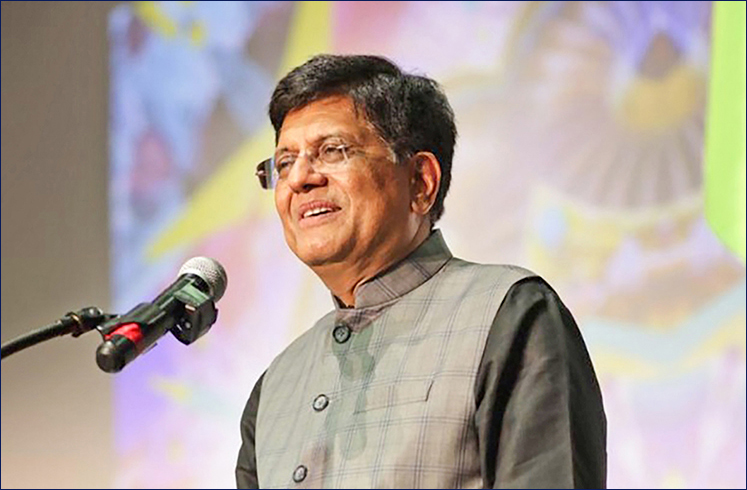
2023 has dawned with bright hopes for the Indian textile industry. The industry seems to be headed towards a positive steady growth phase, after a period of turbulence and uncertainty. With a world that is hopefully coming to the end of the pandemic, things are looking up for the textile industry. This buoyant mood stems from the series of measures taken by the Union Government to revive the fortunes of the textile industry. These measures ranging from giving a push to technical textiles to the PLI scheme, launch of mega textile parks to signing of FTA’s and MoU’s with many countries, etc., the initiatives are aimed at catapulting the fortunes of the Indian textile industry, to new heights.
Fillip to technical textiles
Technical textiles have created a buzz among the Indian textile fraternity. The government has identified this segment as a growth enabler and providing the necessary push to the segment. The National Technical Textiles Mission (NTTM) has been approved with a four year implementation period from FY 2020-21 to 2023-24. The aim is to increase the domestic market size from USD 40 billion to USD 50 billion by 2024 and position India as a global leader in technical textiles.
Under NTTM, 74 research proposals valuing Rs.232 crore have been approved in the category of speciality fibre and technical textile. Other steps taken include development of 31 new HSN codes. The Synthetic & Rayon Textiles Export Promotion Council, has been assigned the role of export promotional council for technical textiles.
Another step taken by the Ministry of Textiles towards positioning India as a global leader in technical textiles manufacturing is the invitation of Research proposals for Funding for Design, Development and Manufacturing of Machinery, Tools, Equipment, and Testing Instruments under NTTM.
At present most of the machinery, equipment, plants and accessories meant for the manufacturing of technical textiles is being largely imported. In order to make the country self-reliant in the field and truly ‘Atmanirbhar’, NTTM under Component-I (Research, Innovation and Development) envisages indigenous manufacturing of machinery, equipment, tools and testing instruments for technical textiles.
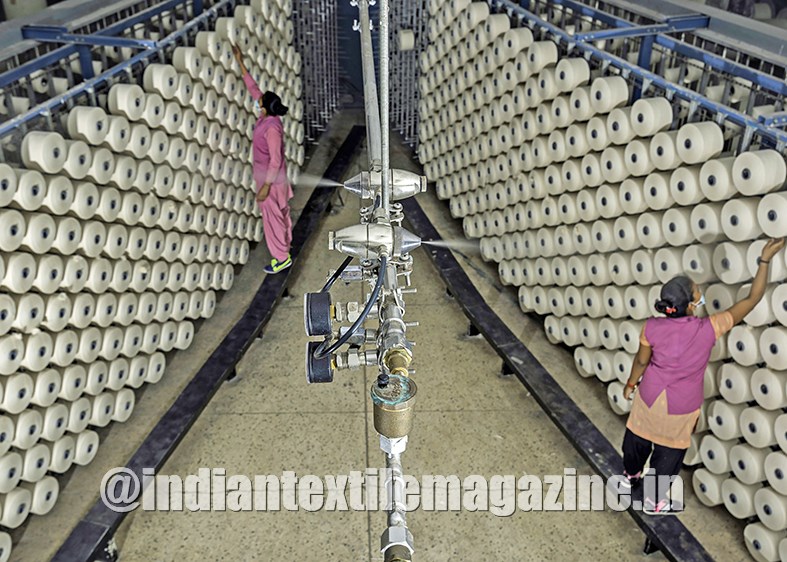
The indigenous development of latest machinery and equipment is expected to play a key role in driving forward India’s technology readiness levels in the manufacture of technical textiles.
PLI Scheme
For the textile industry which was grappling with downturn caused by the Covid pandemic and subsequent fall in demand, the Production Linked Incentive (PLI) scheme announced by the government with an outlay of Rs.10,683 crore has come as a shot in the arm.
The approved outlay is for promoting the production of MMF apparel, MMF fabrics and technical textiles in the country. A total of 67 applications have been received through the PLI web portal from 01.01.2022 to 28.02.2022. The Selection Committee chaired by the Secretary, Textiles has selected 64 applicants under the scheme. 56 applicants have completed the mandatory criteria for formation of a new company and approval letters have been issued to them. Investment to the tune of Rs. 1536 crore approximately has been made so far under the scheme.
Textile parks
Another key step that the government has taken towards providing growth momentum to the textile industry is the PM Mega Integrated Textile Region and Apparel (PM MITRA) Parks. These parks which will offer world-class infrastructure have been approved with an outlay of Rs.4, 445 crore for a period up to 2021-28.
The guidelines in respect of scheme have been published and there have been multiple interactions with State Governments for inviting proposals. In response 18 proposals from 13 States have been received. A National Conference was organized on 04.05.2022 for discussion on proposals with the Senior Officers from State Governments and Industry Associations. Evaluation of proposed PM MITRA park sites was done through ‘Gati Shakti’ portal to understand locational advantage. As of now detailed scrutiny for selection of sites is underway.
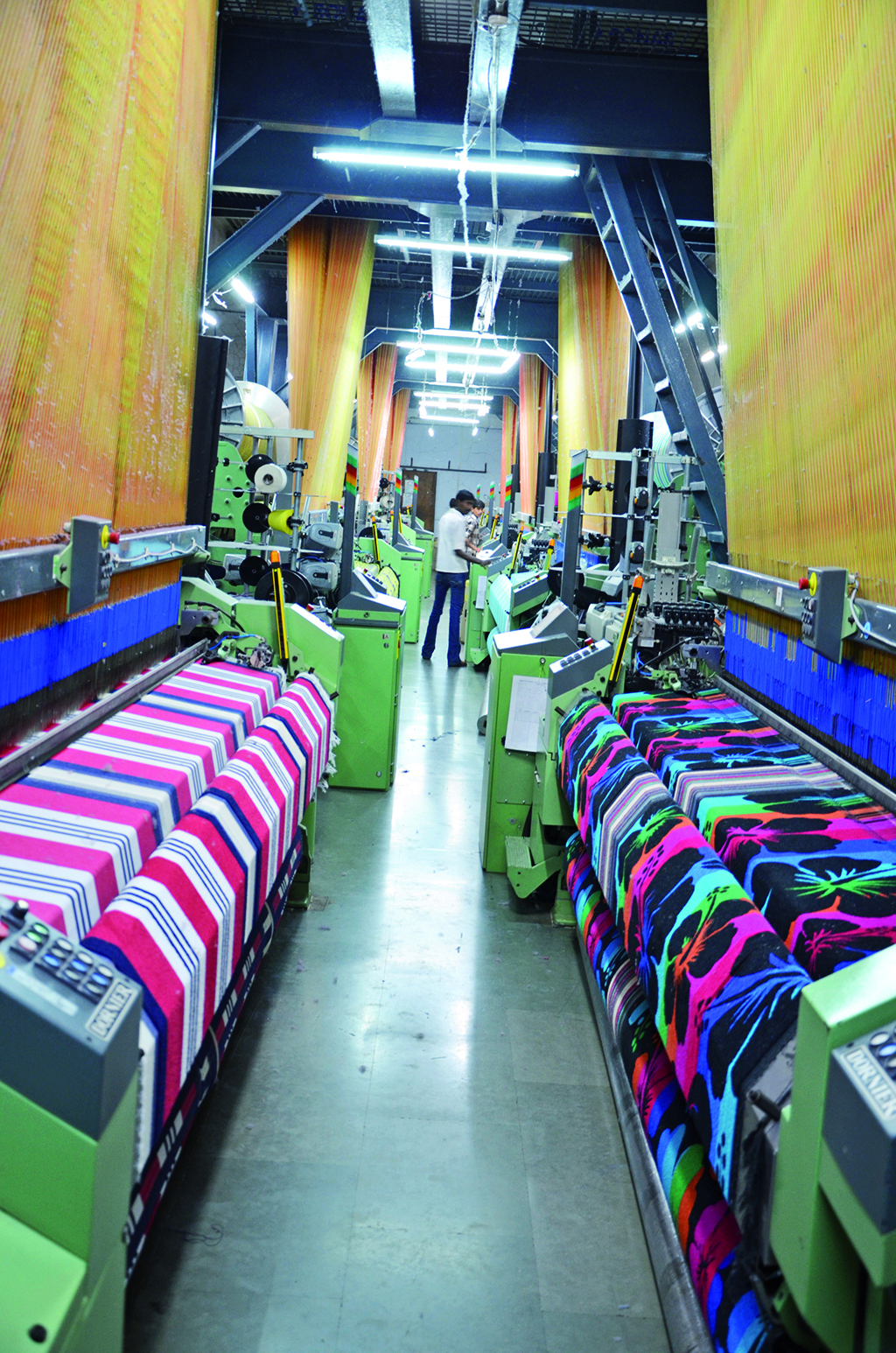
Employment generation
The Indian textile industry was always known for its employment generation capabilities. A slew of schemes announced in recent times are expected to further increase employment opportunities in the industry.
According to Darshana Jardosh, the Union Minister of State for Textiles, as per figures from National Accounts Statistics, the contribution of textile industry in GDP in terms of percentage share of industrial output was around 7% during the last three years. Direct Employment in Textiles sector is estimated at 45 million. Government is implementing various schemes/programmes to increase employment, investment and expansion of textile industry including modernization of weaving and processing including, Integrated Processing Development Scheme, National Handloom Development Programme, National Handicraft Development Programme, SAMARTH–Scheme for Capacity Building in Textiles Sector, Silk Samagra 2 & Scheme for Integrated Textile Parks, PLI|scheme, PM MITRA scheme etc.
FDI inflow
Foreign Direct Investment (FDI) brought investment of $ 1522.23 million in the textile sector from 2017-2022. Darshana Jardosh shares that, the Government has taken following steps to modernize the textile industry, enhance export and to promote FDI in textile sector on pan-India basis:
i) Government has approved setting up of Seven PradhanMantri Mega Integrated Textile Region and Apparel (PM MITRA) Parks in Greenfield/Brownfield sites with an outlay of Rs. 4,445 crore for a period of seven years up to 2027-28.
ii) Government has approved the Production Linked Incentive (PLI) Scheme for Textiles, with an approved outlay of Rs 10,683 crore, to promote production of Man Made Fibre (MMF) Apparel, MMF Fabrics and Products of Technical Textiles in the country.
iii) Government has allocated an outlay of Rs 1480 crore for the National Technical Textiles Mission (NTTM) to promote and develop technical textiles sector in India.
iv) Silk Samagra-2 scheme is being implemented from the year 2021-22 to 2025-26 for development of sericulture industry in the country.
v) Government is also implementing various schemes/ programmes such as SAMARTH- Scheme for Capacity Building in Textile Sector, National Handloom Development Programme, Raw Material Supply Scheme, National Handicraft Development Programme, Comprehensive Handicrafts Cluster Development Scheme, Integrated Wool Development Programme etc. to promote and develop indigenous textile sector.
vi) India has so far signed 13 Free Trade Agreements (FTAs) including recently concluded Comprehensive Economic Partnership Agreement with UAE and Economic Cooperation and Trade Agreement with Australia; and 6 Preferential Trade Agreements with various trading partners. Government has entered into negotiations for FTA with trading partners such as the United Kingdom, European Union, Canada for enhancing market access of Indian products, including textiles, keeping in mind the national interest and domestic sensitivities.
vii) Market Access Initiative scheme provides financial support to various Export Promotion Councils and Trade Bodies engaged in promotion of textiles and garments exports, for organising and participating in trade fairs, exhibitions, buyer-seller meets etc.
viii) Government has put in place liberal and transparent investor-friendly Foreign Direct Investment (FDI) policy. 100% FDI is allowed in the textile sector under the automatic route. The amount of investment brought through FDI in the textile sector from 2017-2022 was US $ 1522.23 million.
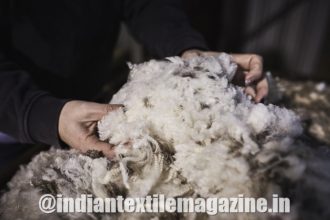
MoUs signed
A series of MoU’s have been signed to give a boost to the textile industry in the country. These include:-
• MoU with National Agriculture Food Research Organization, Japan to promote collaborative research in the field of silkworm and silk industry.
• MoU signed between Central Silk Board and “Uzbekipaksanoat”, Uzbekistan on cooperation in Sericulture and Silk industry.
• MoU signed between Ministry of Textiles, Govt. of India and Department of Agriculture, Fisheries and Forestry, Govt. of Australia for establishing a Joint Working Group on cooperation in the field of Wool and Woolen products.
• MoU between India and Sri Lanka on procedural arrangements for import of apparel articles from Sri Lanka to India on Tariff Rate Quota under India Sri Lanka Free Trade Agreement.
• MoU between India and Sri Lanka on cooperation in the development of Small and Medium-sized Enterprises in handloom, powerloom and textiles.
• MoU signed between Textiles Committee, Govt. of India and M/s Nissenken Quality Evaluation Centre, Japan.
• Government is implementing various schemes such as PM-MITRA, PLI, NTTM etc. for undertaking numerous technology centric approaches for increasing production in the textile sector all over the country.
Sector wise scenario
Efforts have been made to enable growth momentum in key sectors, namely, silk, jute, cotton, wool, handloom and handicrafts sectors. Let us take a look at the initiatives one by one.
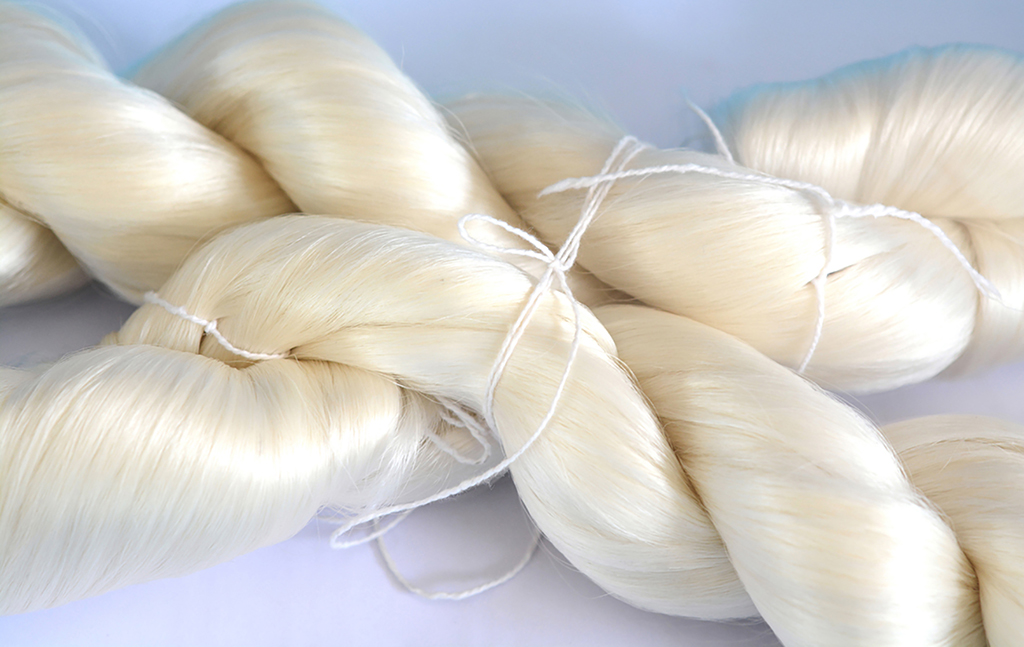
Silk Sector
The total Raw Silk production was 28106 MT. R&D projects numbering 44 were initiated and 23 were concluded with the achievement of training 9777 persons in various activities related to silk sector.
Jute Sector
JUTE-ICARE (Improved Cultivation and Advanced Retting Exercise) Scheme: covers 170 jute growing blocks with 1, 89,483 hectare had benefitted 4, 20,309 jute farmers. Export Performance has improved due to Market Development & Promotion Scheme (MDPS) as export performance rose by 38% from the last year with current value at Rs. 3786 crore. The value of exported Jute diversified products is Rs. 1744 crore with increasing trend by 46% from the last year. A total quantity of around 26.87 lakh bales of jute bags worth Rs.9.80 thousand crore (approx.) have been indented.
Cotton Sector
Cotton cultivation has been increased by 5% to 125.02 lakh hectare as against 119.10 lakh hectare during last year. Brand named ‘Kasturi Cotton India’ for Indian cotton has been launched and to encourage mechanized harvesting of cotton, improving quality of cotton and to reduce labour cost. Further 75000 hand held kapas plucker machines are being distributed.
Wool Sector
Projects to Animal/Sheep Husbandry Dept., Leh have been approved of revolving fund of Rs.2 crore for procurement of pashmina wool, distribution of 400 portable tents to Nomads of Leh in order to improve living conditions. Further construction of 300 Predator proof corrals for safety of pashmina goat along with project to procure 50 sheep shearing machines for Uttarakhand.
Handloom Sector
Financial assistance of Rs.76.60 Crore has been provided to 91 Handloom Clusters. 1,109 weavers provided improved looms and accessories under HSS. Skill up-gradation training was imparted to 2,107 handloom workers under Handloom Clusters of National Handloom Development Programme. Assistance amounting to Rs.18.49 crore has been released for 141 marketing events. Moreover assistance of Rs.10.40 crore has also been released for various activities sanctioned to Mega Handloom Clusters under Comprehensive Handloom Cluster Development Scheme. 102.05 lakh kg of yarn was supplied under transport subsidy component, 73.79 lakh kg of yarn supplied under-price subsidy component and total of 175.84 lakh kg of yarn supplied under Raw Material Supply Scheme (RMSS).
Handicrafts Sector
A total of 272 marketing events were organized, benefiting 19330 artisans. ‘Pahchan cards’ were issued to 30 lakh artisan and uploaded on public domain. 52 artisan Producer Companies were formed and supported. 418 training programme and Design workshops were conducted benefiting 12480 artisans. Modern Toolkit were distributed to 13579 artisans. Shilp Guru & National Awards for the years 2017, 2018 & 2019 were awarded to 108 artisans.